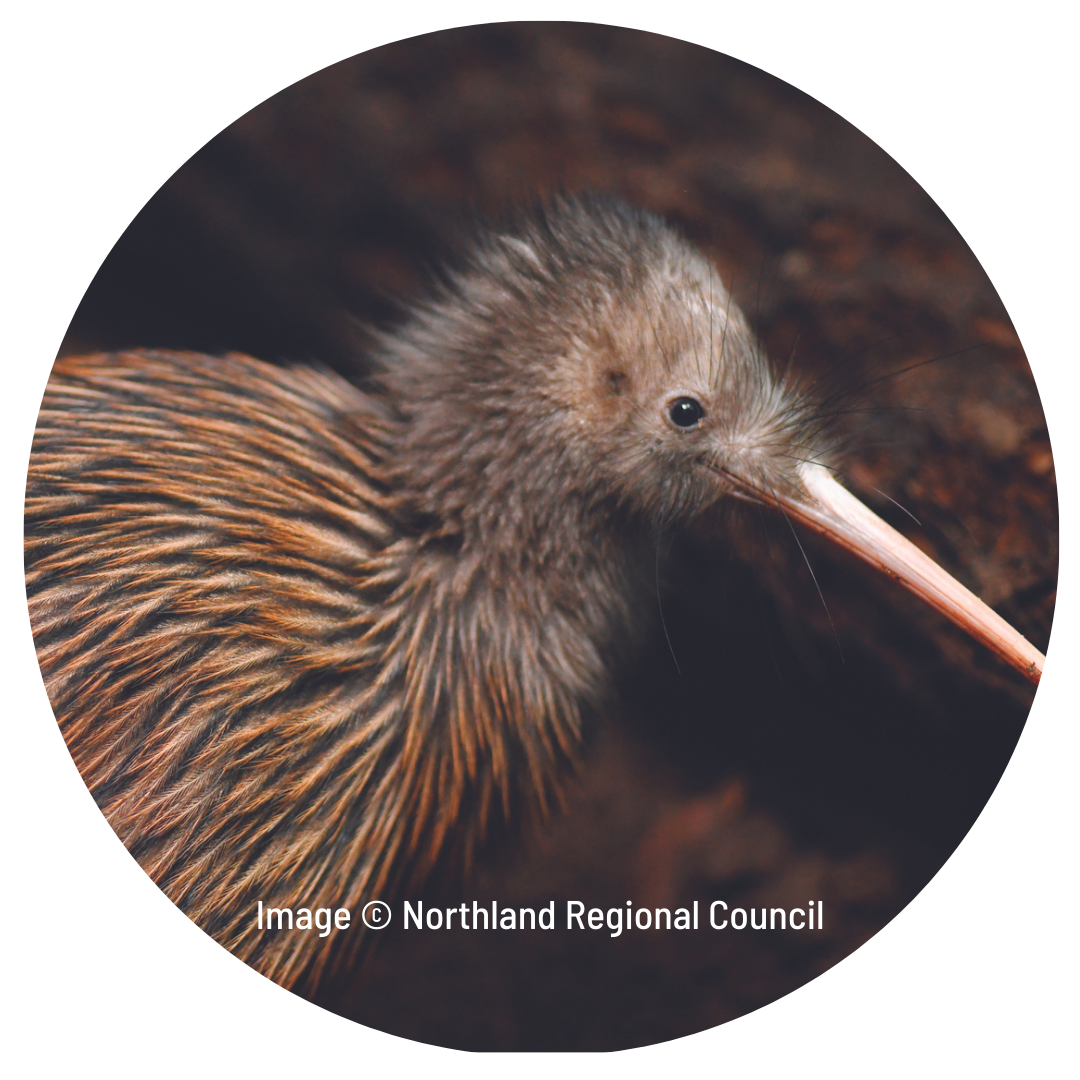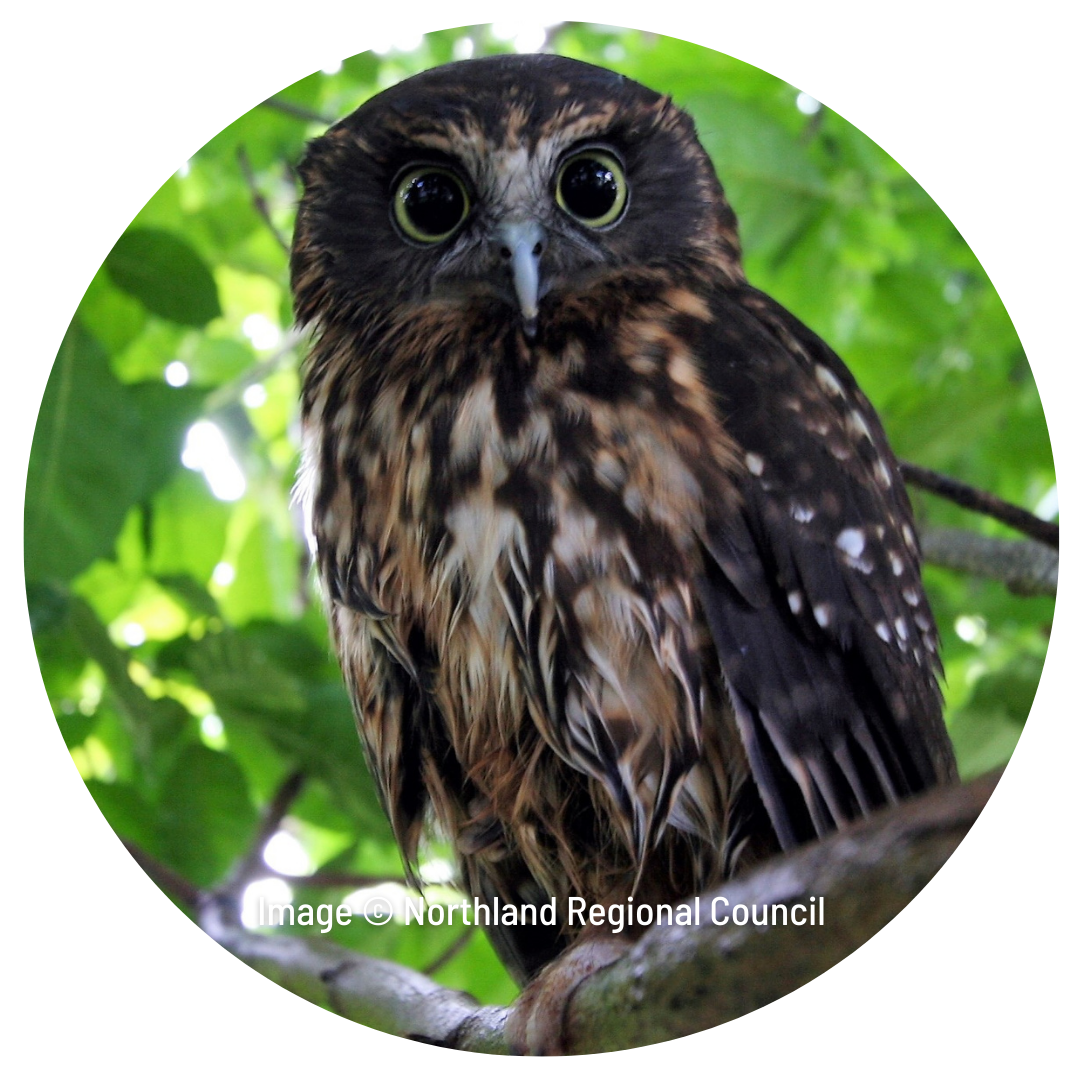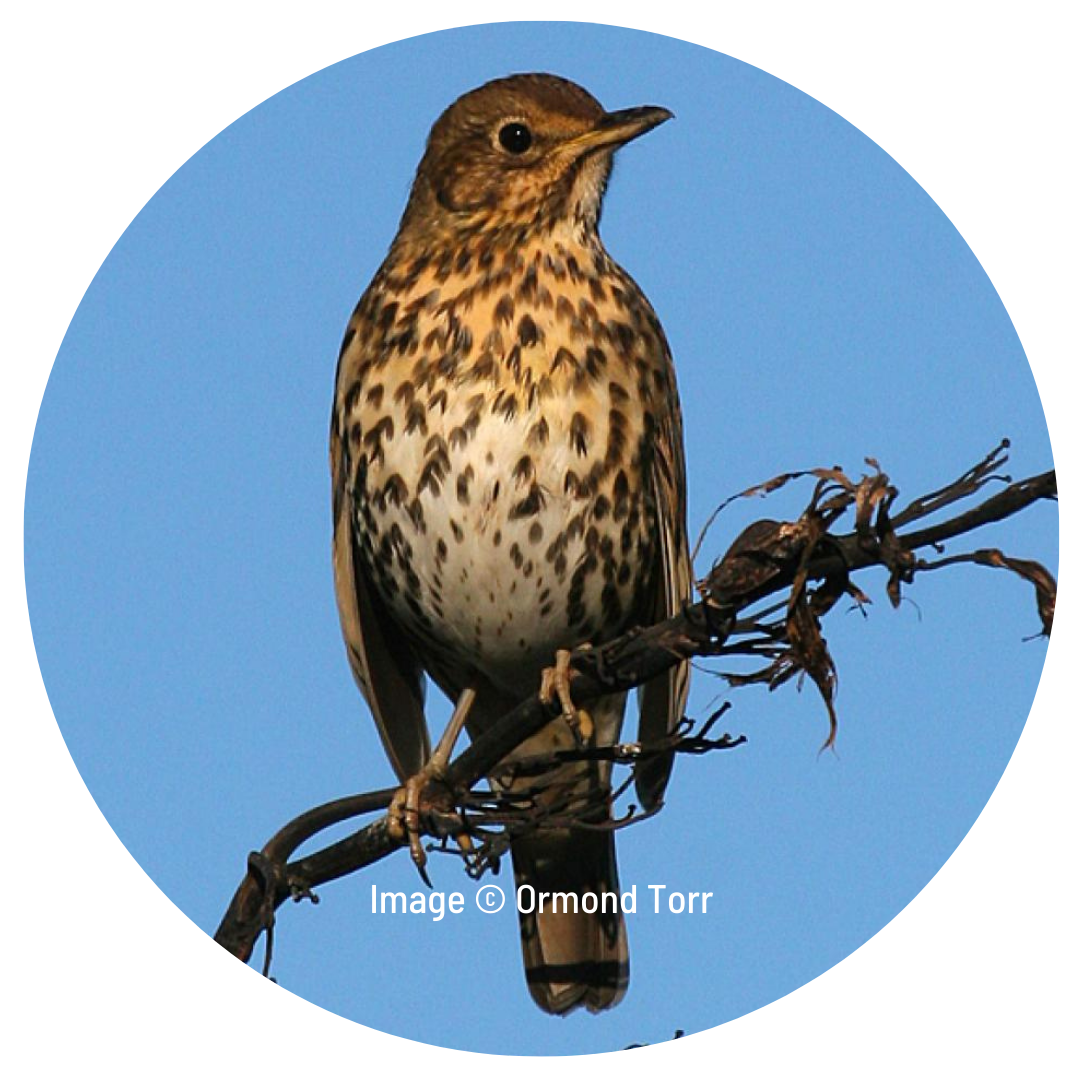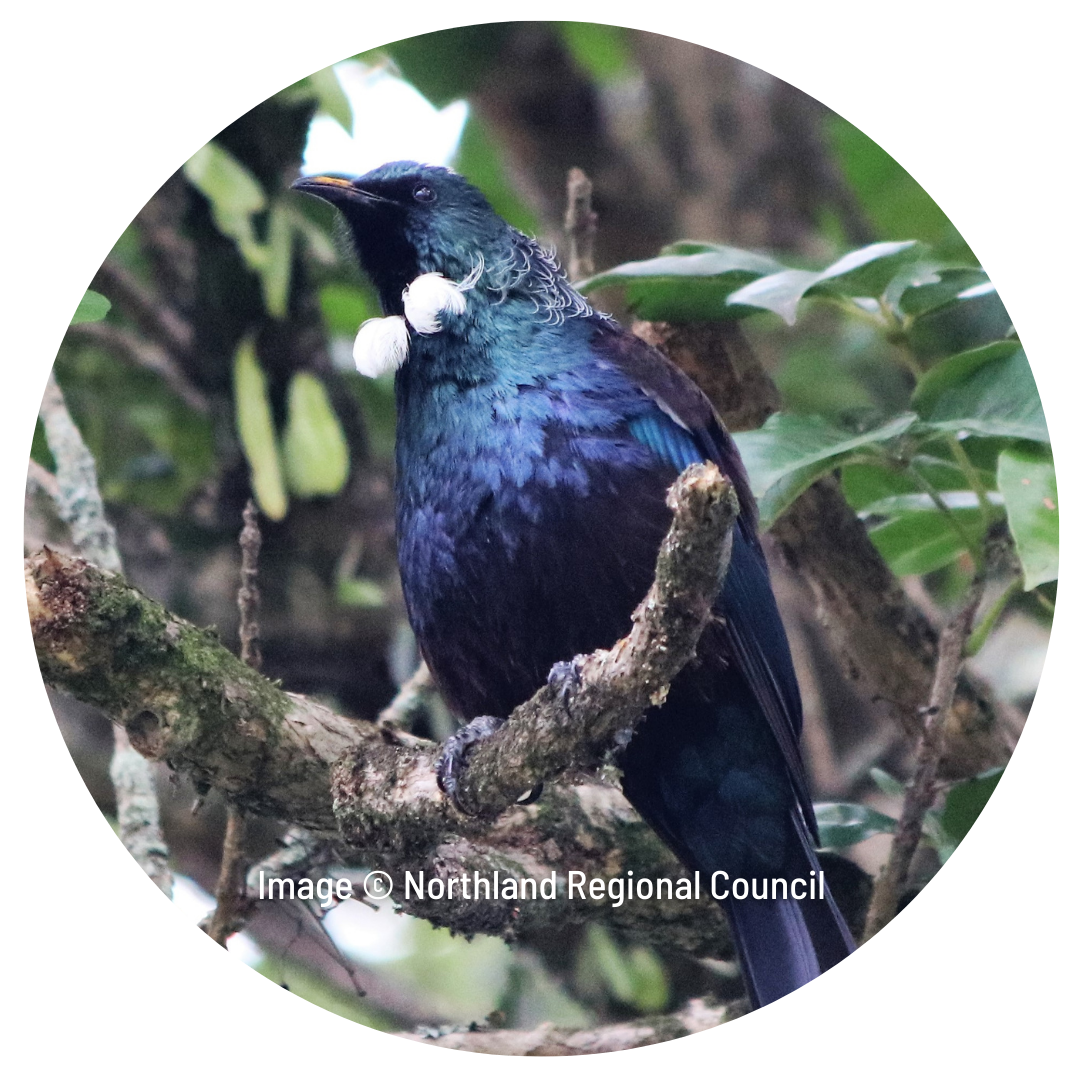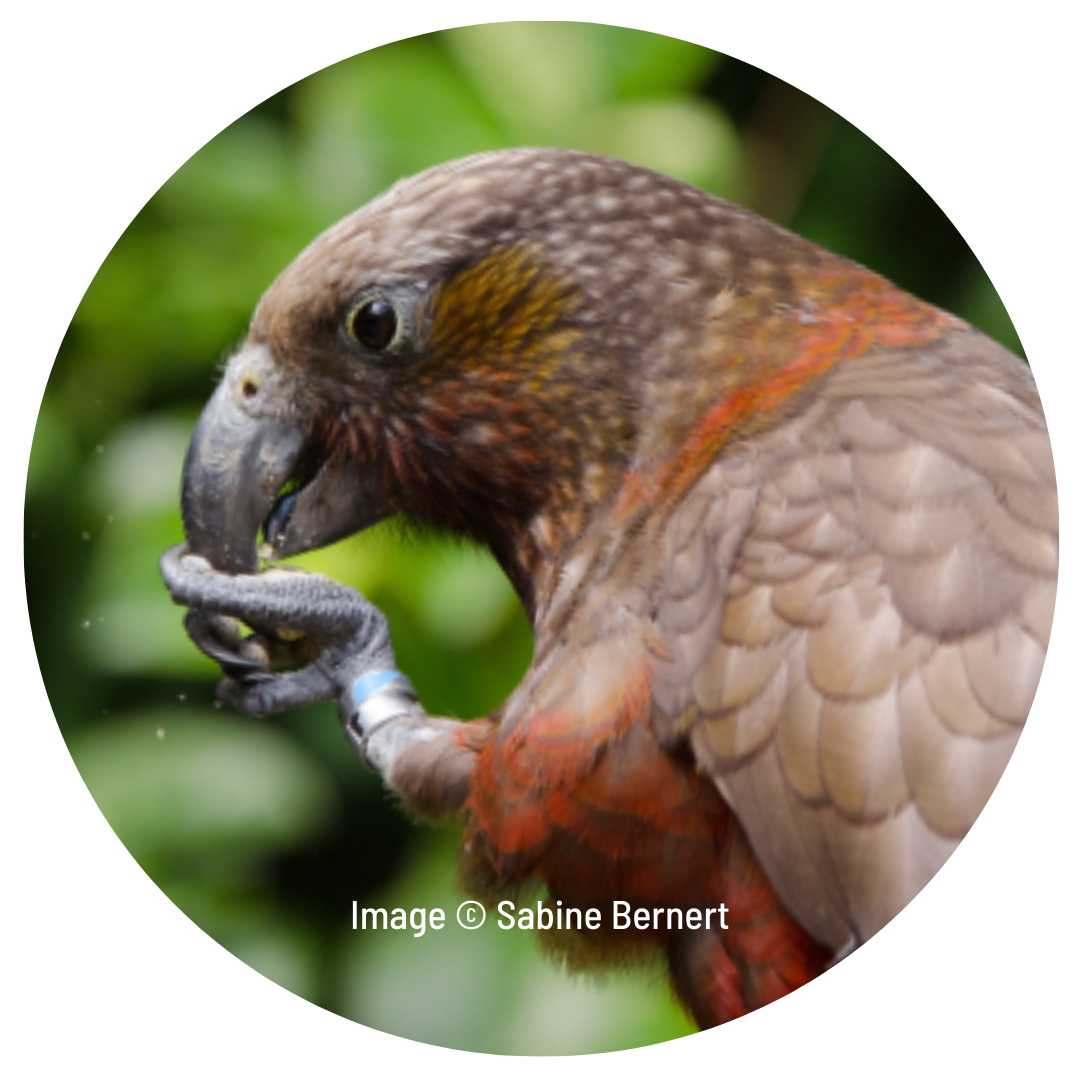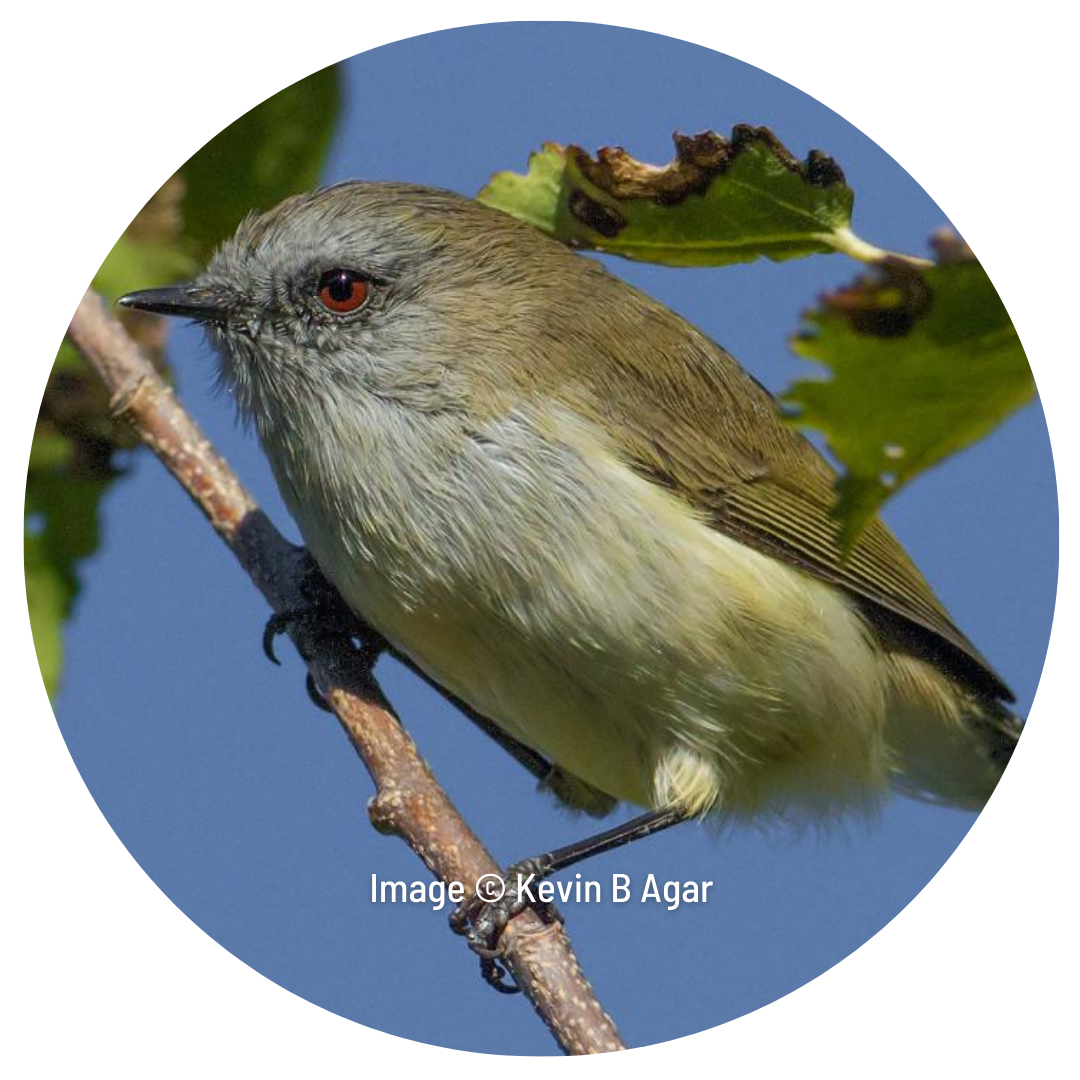Have you ever wondered ‘Which bird call is that?’ during a bush walk or at home? Don’t worry, we’ve got you!
With the pest control carried out by many individuals and community groups, Whangārei is home to a lot of taonga (treasured) species. We’d like to encourage more locals to be able to identify birds and appreciate the native species that share the same space as us!
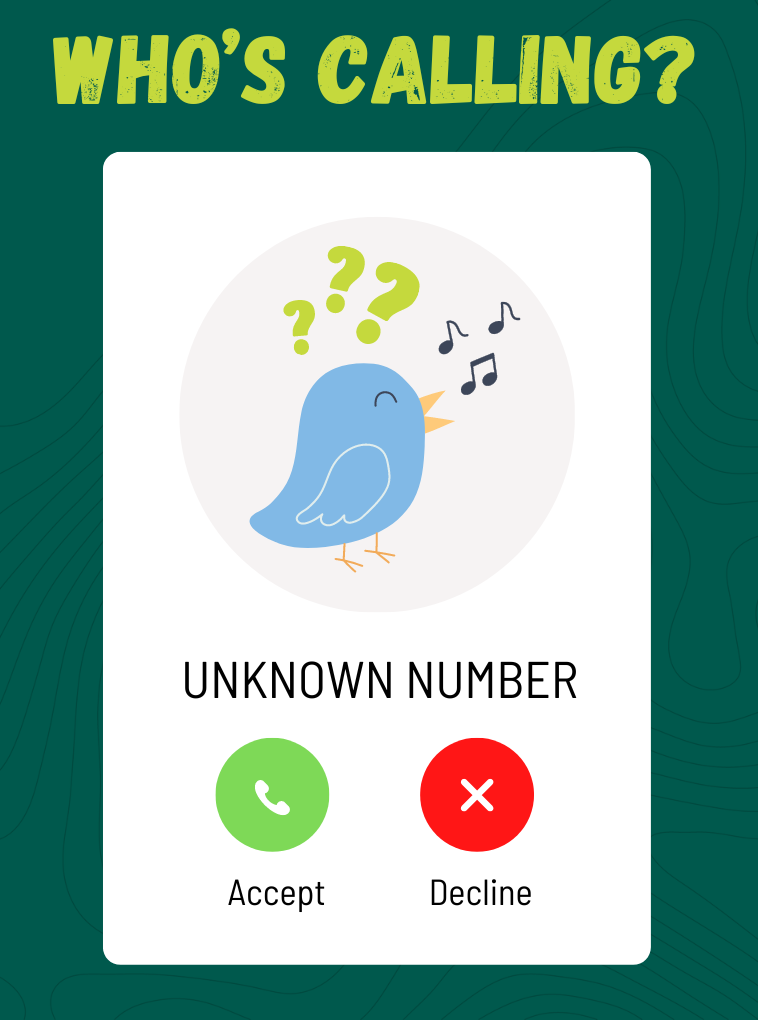
This was part of a ‘Who’s Calling’ quiz on our Predator Free Whangārei Facebook page, where we we post various bird calls to help locals get more comfortable with identifying the different birds across the district, both native and introduced.
We hope to get more eyes and ears on the ground to help with monitoring activities such as the Garden Bird Survey, kiwi call counts, and the many other initiatives that we have going on in Whangārei by organisations and community groups!
The below list consists of native, endemic, and introduced birds found all across Whangārei. Bird calls can differ between age, gender, and what it is they are communicating with others. To get a more comprehensive understanding, visit nzbirdsonline.org.nz
Bird Calls
The answers to the ‘Who’s Calling’ campaign will be added below each week
The friendly fantail is well seen in forest or shrubland habitats. You can hear their 'cheepy chatter' whilst going for stroll in the park or in a bush. If you see lots of them around, it will be an indication that pest control is working in that area.
The oldest fantail to be ever recorded is three years old, so all the more impressive if you see many of them hopping or flying about!
Also known as the wood pigeon, these birds are easily noticeably due to its larger size, purple-green plummage and the white underpart. They are easily identified by the distinctive sound of their wing beats.
These birds are more often referred to as kūkupa rather than the kererū here in Northland. They are the only native bird species that swallow berries whole and then are able to disperse the seed, such as karaka, taraire, miro, so are a key species for the ecosystem here in Aotearoa NZ.
Blackbirds' calls are similar to the song thrush without the repeated phrases that characterise thrush song. Adult male blackbirds are easily recognisable due to its full black plummage, orange bill and eye-ring. Female and juvenile blackbirds look similar to a song thrush but the thruses are typically smaller.
Blackbirds were introduced to New Zealand in the 1860s and since then has become the most widely distributed exotic bird species.
The male kiwi call may be mistaken as a pūkeko but its the shrilling repetition and gradual crescendo which helps make it identifiable.
Mating season is just around the corner! If you get to hear their call from your place, that is pretty special💚 It will be thanks to the good predator and dog control happening around your community.
Male North Island brown kiwi was the answer to the 'Who's Calling' quiz from the April 25th Facebook post.
Quite different from its male counterpart, the female North Island brown kiwi has a low, raspy call, which is repeated up to twenty times. During mating season you'll typically hear a female call promptly followed by, or during, a male call.
We are lucky to have kiwi in many areas across the district, including a kiwi creche in Matakohe Limestone Island. Community groups in Tutukaka, Whangārei Heads, and the Pukenui forest, are working hard to keep them safe from the threat of introduced predators and dogs.
There are kiwi call counts happening late Autumn/early Winter across the district - check out Kiwi Coast's website for more info if you'd like to get involved!
Female North Island Brown Kiwi was the answer to the 'Who's Calling' quiz from the April 18th Facebook post.
You may recognise this melancholic call that echoes throughout the silent darkness of the night⭐🌙 These birds are nocturnal and can fly silently due to the soft edges of their wing feathers, which helps them with their hunting. Their Māori name sounds like call itself!
Although they are one of the more common species, it is likely that the population is gradually declining due to predation by stoats, feral cats, possums, rats, and loss of habitat.
Morepork/Ruru was the answer to the 'Who's Calling' quiz from the April 11th Facebook post.
The tune varies for this bird but does follow a pattern which helps make it recognisable. You can tell it's their call by a short musical tune being repeated 2-3 times before it moves onto the next tune. This bird is an introduced species from England and is one of the main songsters of suburban NZ. You can 'spot' them easily by the brown speckles on their cream-coloured chest.
A similar species to the song thrush are Eurasian blackbirds, which are bigger than the thrush and have a black plummage with a yellow bill.
Song thrush was the answer to the 'Who's Calling' quiz from the April 4th Facebook post.
It's hard to capture this bird call in one recording because they have two voice boxes and each has its own repertoire of sounds. These guys are great at mimicking and also produce sounds that are inaudible to the human ear. These birds are recognisable by the white tuft of feathers they have on their neck.
Tūī are unique to New Zealand and belong to the honeyeater family, which means they feed mainly on nectar from flowers of native plants.
Tūī was the answer to the 'Who's Calling' quiz from the March 28th Facebook post.
Which bird does this call belong to? There are less than 10,000 left in NZ (and the world) but can sometimes be seen/heard around Whangārei! Their name reflects the call which is a harsh, rhythmic "Kaaa-aaa".
Their presence is a good indication that the pest control is working well, as these bush parrots are vulnerable to predation by stoats, rats and possums (which eat chicks and eggs). They nest deep in hollow trees, making it hard to escape from mammalian pests. They compete with possums for the same food in the forest.
Kākā was the answer to the 'Who's Calling' quiz from the March 21st Facebook post.
This bird is New Zealand's most widely distributed endemic bird species and can live in most areas with trees nearby. They are small but mighty with their call being quite loud for the size of the bird! You sure can hear them but it's hard to see them!
These birds are only 11 centimeters long and weighs up to 6.5 grams, which is lighter than the $1 coin. They have ruby-red coloured eyes, olive-green plummage on the top and white at the very tip of their tails.
This was the answer to the 'Who's Calling' quiz from the March 15th Facebook post.



